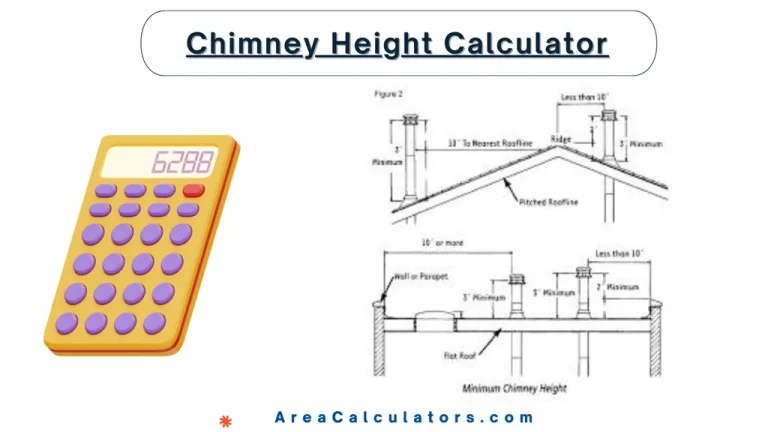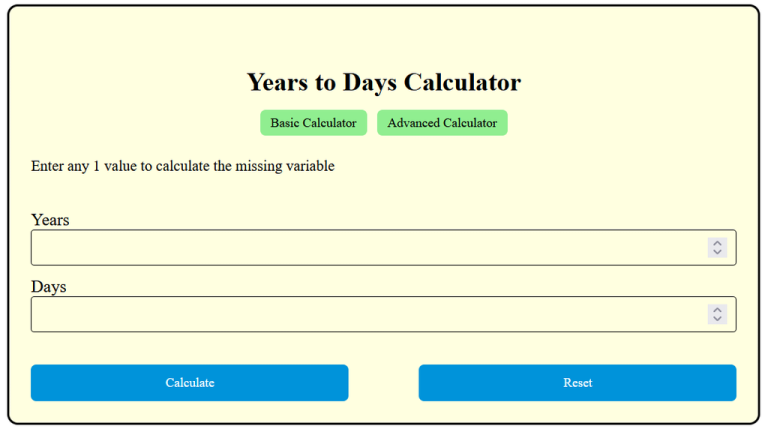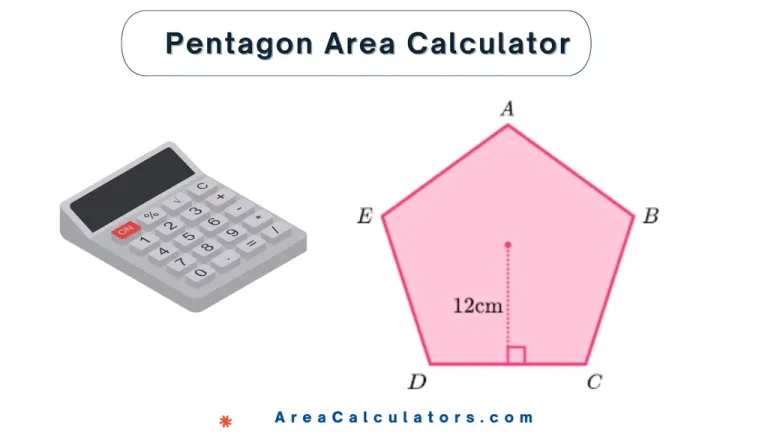To find the percent deviation, subtract the theoretical value from the measured value, divide by the theoretical value, and multiply by 100 to get the percentage.
The Percent Deviation Calculator is used to calculate the percentage difference between an observed or measured value and an expected or theoretical value.
Widely used in scientific and statistical analyses, this calculation quickly highlights how far off a measured result is from a standard or expected outcome, making it essential for data comparison, quality control, and error analysis.
Formula:
| Variable | Description |
|---|
| | Measured Value |
| | Theoretical Value |
| Percent Deviation Result |
Solved Calculations
Example 1:
| Step | Calculation |
|---|
| Measured Value () | 105 |
| Theoretical Value () | 100 |
| Deviation Calculation |
|
| Result | 5% |
Answer: The percent deviation is 5%.
Example 2:
| Step | Calculation |
|---|
| Measured Value () | 98 |
| Theoretical Value () | 100 |
| Deviation Calculation |
|
| Result | -2% |
Answer: The percent deviation is -2%.
What is a Percent Deviation Calculator?
The Percent Deviation Calculator is a practical tool for quickly calculating the percent deviation. It measures the difference between an experimental value and an accepted or theoretical value.
This tool is essential in fields like chemistry, physics, and data analysis, where percent deviation helps assess accuracy by comparing calculated values to known standards.
To use this calculator, input the measured and accepted values, and the calculator will find the percent deviation, giving insight into how close the measurement is to the expected result.
This calculator streamlines the process, eliminating manual calculations and providing immediate feedback for better data interpretation.
Final Words:
In short, the Percent Deviation Calculator offers an efficient solution for finding percent deviations, making it ideal for students, professionals, and researchers aiming to understand the accuracy of their results.





